Drybase Universal Mortar
When repairing and waterproofing damaged concrete, masonry, or stonework, the mortar’s resistance is important. The stress applied to mortar by subsurface elements such as basements, swimming pools, and lift pits are even more intense.
Repair mortars are employed in some of the most demanding environments and weakest points of a building. You’ll need a mortar that can endure such an extreme condition.
Drybase Universal Mortar is a pre-blended cementitious waterproofing & repair mortar to maintain and renew the integrity of indoor and outdoor structures.
Repair & Waterproof Existing Structures
Drybase Universal Mortar’s cement and graded quartz sand-based composition makes it highly resistant to abrasion and frost, as well as waterproof.
It’s ideal for protecting key locations such as floor-to-wall junction fillet seals, concrete repairs, and shutter tie hole repairs. Reprofiling can be achieved through a layered application until the surface is smooth.
Single Coat Breathable Damp Proofing
Drybase Universal Mortar can be used as a single-coat tanking slurry and damp-proofing barrier. Drybase Universal Mortar will prevent wind-driven rain and outside water from causing penetrating damp.
The vapour permeability of a material is crucial for proper vapor passage, especially in damp and humid areas. The Drybase Universal Mortar is both vapour permeable and fully waterproof. In extreme environments like basements and tunnels, keep the humidity levels pleasant.
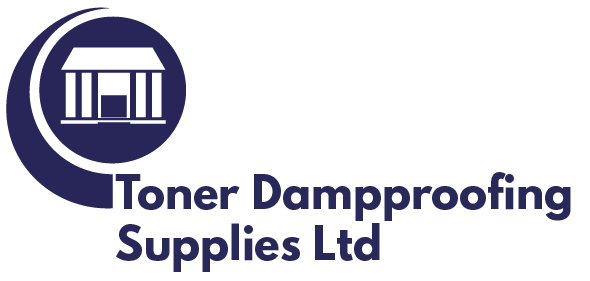
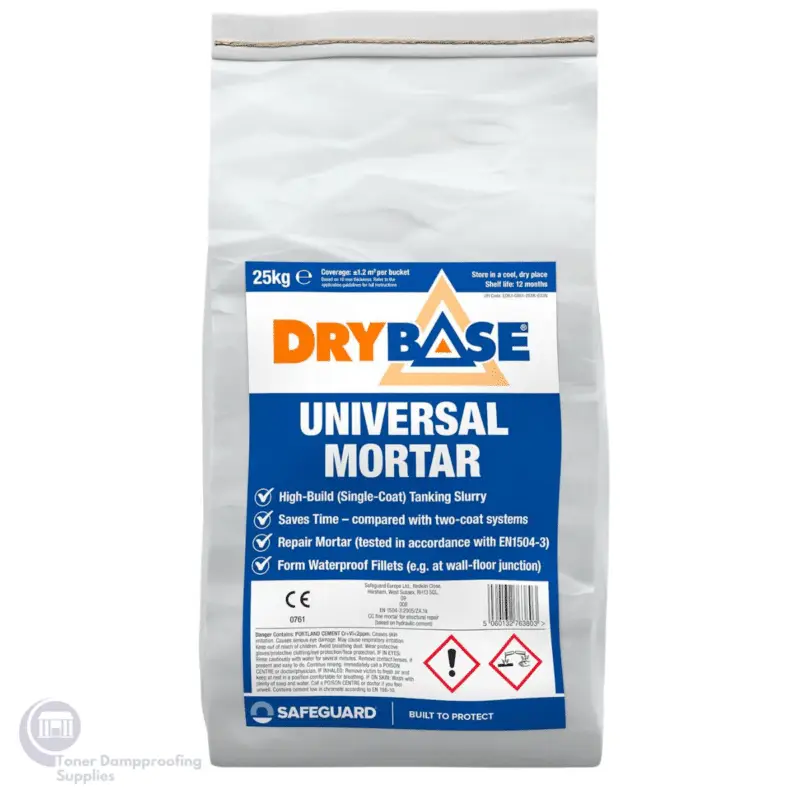
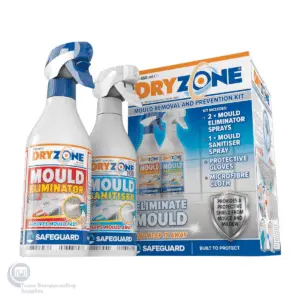
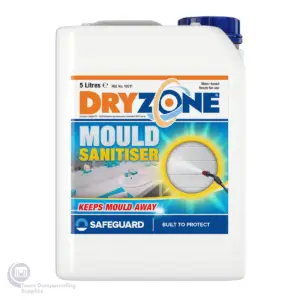
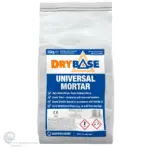
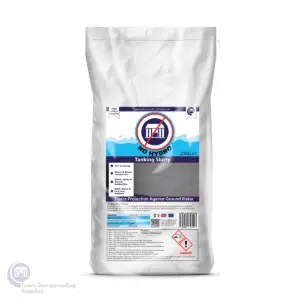
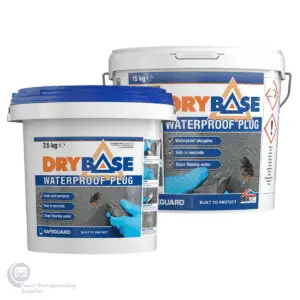
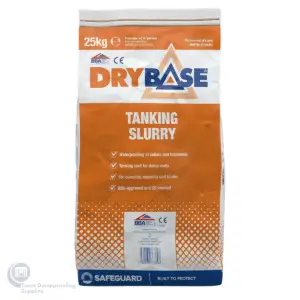
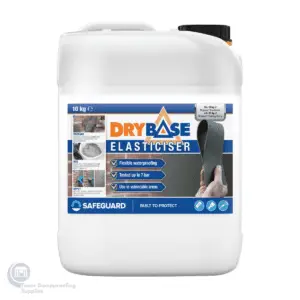
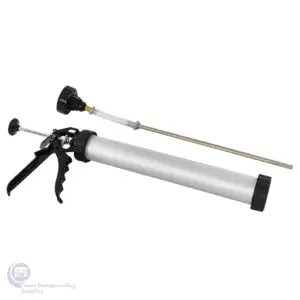
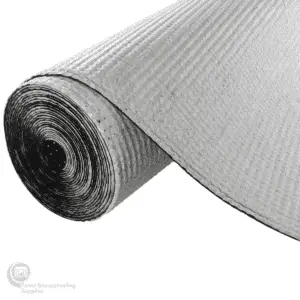
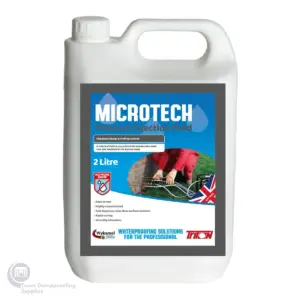
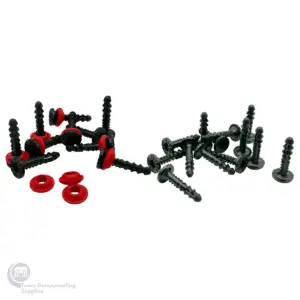
Reviews
There are no reviews yet.